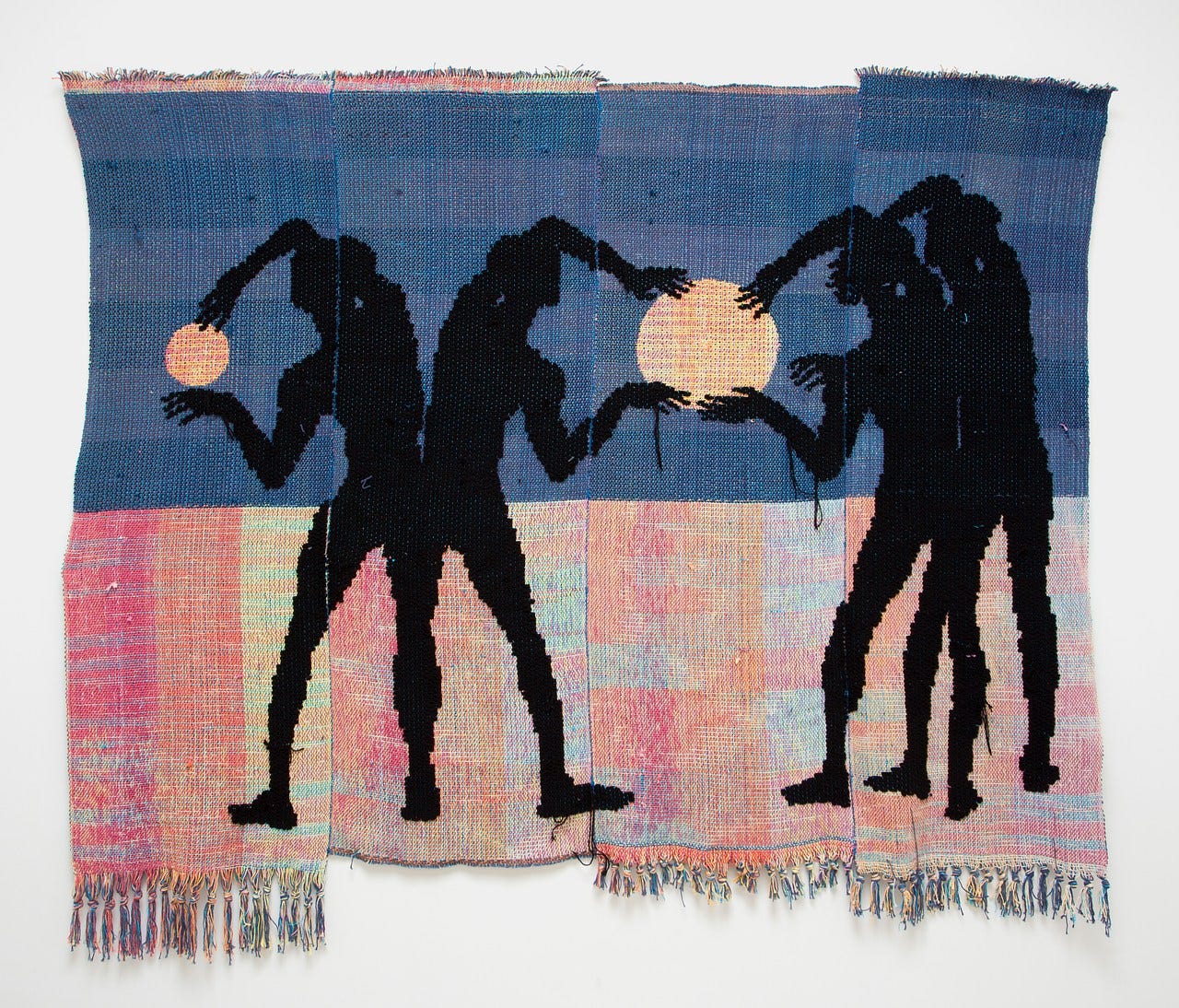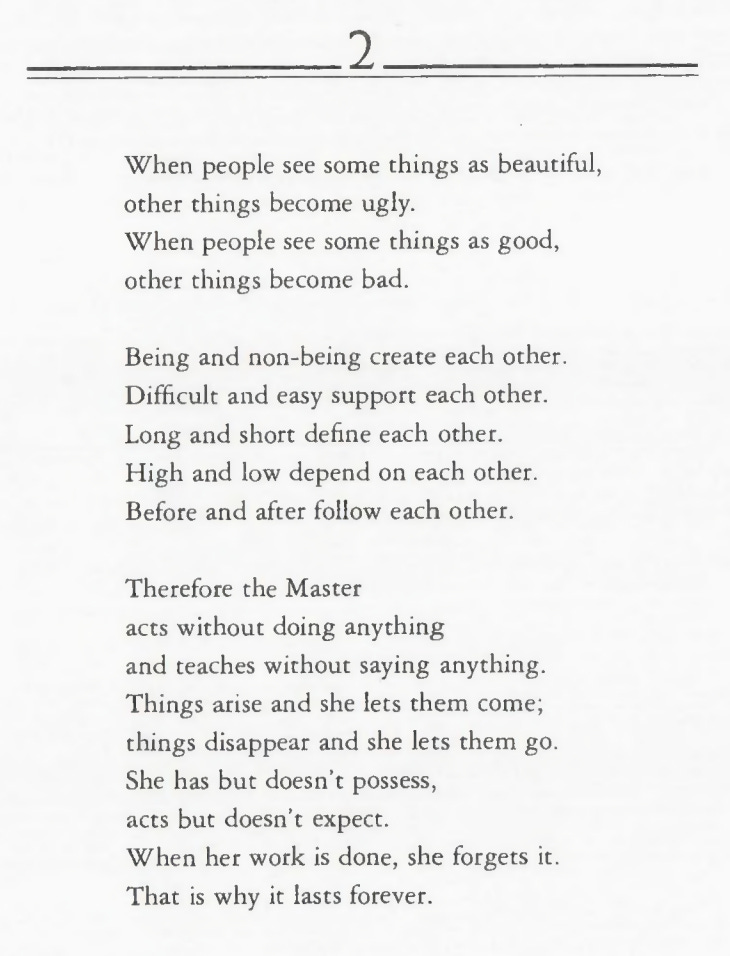
i don’t like opposites. i can no longer remember when i started advocating for their dissolution. they come as a couple, but are uneven, and together encourage vulnerability. the word opposite presupposes a relationship in its negative, rather than in support. the means of enforcing more of what each thing is through weighing things against each other. something’s sense of being-ness is based in what it isn’t. there’s a loss here— anything placed lying in opposition to something else has lost some of its own is-ness onto itself. sadder still because opposites strengthen forgetfulness of other relationships to that phenomena, as mere periphery.
sometimes i’ve wondered if our obsession with twoness comes from us being, by and large, symmetrical creatures with our two eyes, two ears, two arms, two legs, two feet, two hands and all of it seemingly symmetrical. except, well – we’re not all symmetrical. we don’t all have two. the assumption of two, the assumption of physical symmetry, is the assumption of only one way of being in the world.
when we untangle opposites for cyclical thinking, we access equitable acknowledgement, rather than comparing things against each other. we don’t value one thing over another but find value in being in relation with each other, interacting less like knotted fibers and more like weaving threads. together, wholly different to its ends, i see beautiful textures for relation in opposites. with anything existing as much as it exists, while standing in relation with another thing that exists as much as it can exist; let’s spotlight stunning is-ness together, providing even more definition in its relation. but i often don’t observe it used that way. for now, symmetry isn’t any of my business. for now, we are ripe to let two rest while other figures transform our way of seeing.
i leave you with a chapter from stephen mitchell’s 1988 translation of the tao te ching
when people see some things as beautiful,/ other things become ugly./ when people see some things as good,/ other things become bad./ being and non-being create each other./ long and short define each other./ high and low depend on each other./ before and after follow each other./ therefore the master/ acts without doing anything/ and teaches without saying anything./ things arise and she lets them go./ she has but doesn’t possess,/ acts but doesn’t expect./ when her work is done, she forgets it./ that is why it lasts forever.



